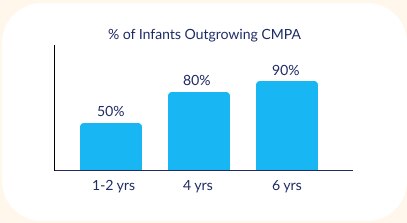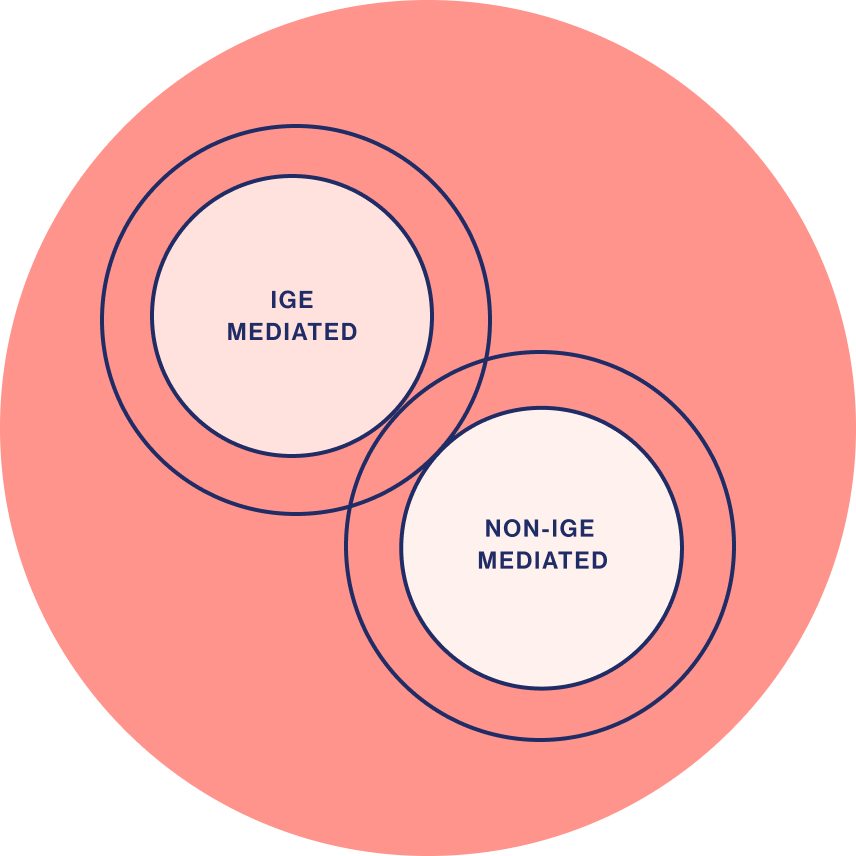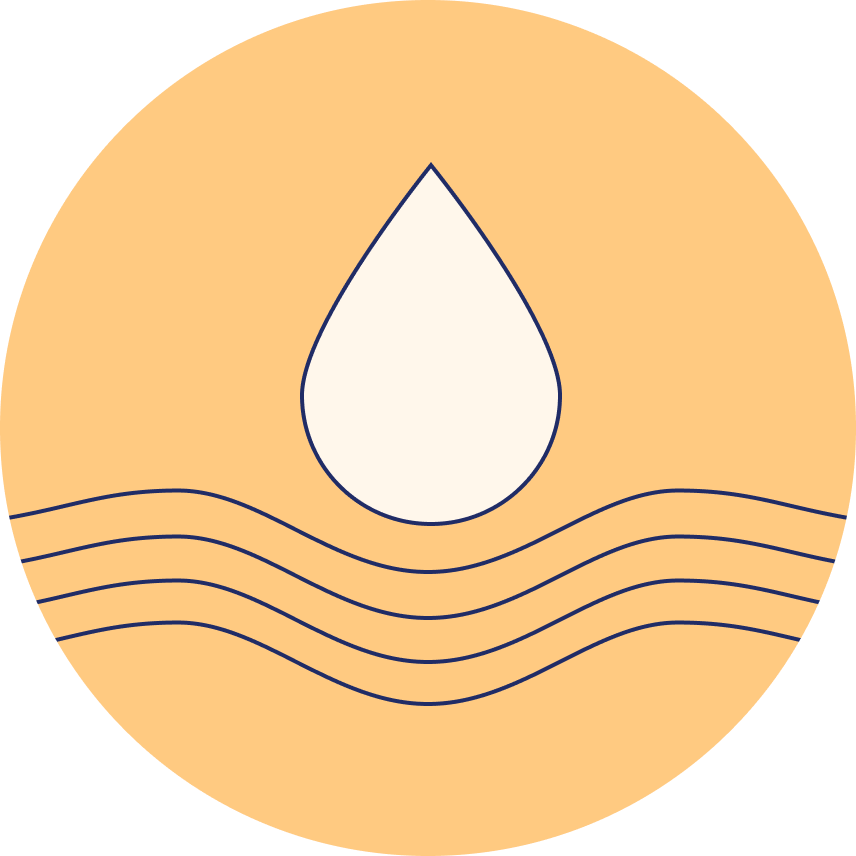About Cow’s Milk Protein Allergy
CMPA occurs when the developing immune system responds negatively to the proteins found in milk or dairy products (e.g., milk, cheese, yogurt) from all ruminant animals (e.g., cow, sheep or goats), triggering an allergic reaction that causes a range of symptoms.









